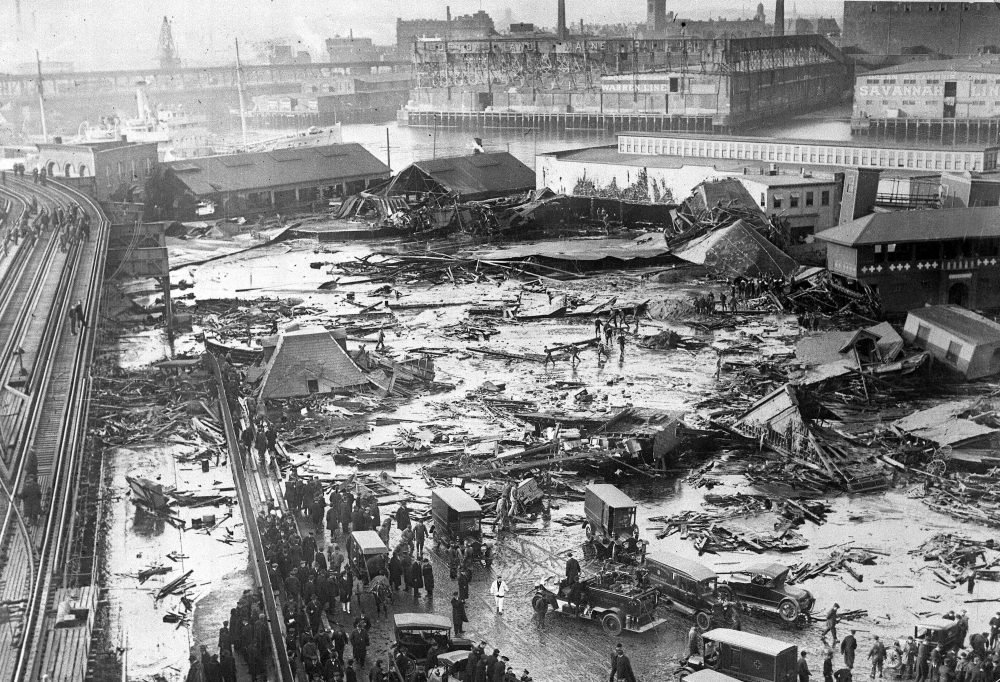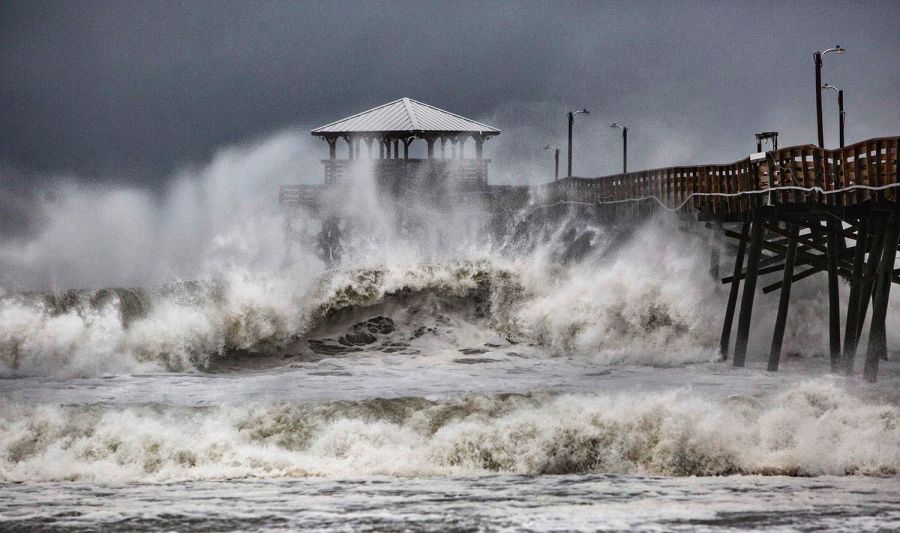What Does Disaster Recovery Really Mean?
From its earliest days, CDP has focused on encouraging philanthropy to look at the full life cycle of disaster recovery, not just immediate response. As an organization, we recently adopted a common definition of recovery to ensure better clarity among ourselves, our donors and partners. Our definition draws heavily from the one developed by National […]

From its earliest days, CDP has focused on encouraging philanthropy to look at the full life cycle of disaster recovery, not just immediate response. As an organization, we recently adopted a common definition of recovery to ensure better clarity among ourselves, our donors and partners. Our definition draws heavily from the one developed by National Voluntary Organizations Active in Disasters. In developing it we also considered the UN definition of recovery as our work is both domestic and international.
Our definition now reads:
“Disaster recovery is the process of improving individual, family and community resiliency after the occurrence of a disaster. Recovery is not only about the restoration of structures, systems and services – although they are critical. A successful recovery is also about individuals and families being able to rebound from their losses and sustain their physical, social, economic, mental, emotional and spiritual well-being.”
Some definitions of recovery talk about returning the community to the state it was in before the disaster. We believe the challenge with this type of definition is that, especially for vulnerable communities, the pre-existing disaster conditions may not have been good to begin with. So, the question should be, “Are we trying to build back to what was there before or are we trying to build back better?” A secondary consideration is, who gets to determine what “better” is – those coming in to rebuild or those who were already living in the community?
At CDP, we look at recovery fairly holistically. We think not only about an individual or family’s recovery but also about the recovery of an entire community: frontline services, the health care and mental health systems and housing repairs/rebuilding. Other infrastructure issues are also important to recovery such as the business and economic recovery, the education system and rebuilding of hard infrastructure (i.e. roads and bridges), though they are not our funding priorities. We recognize that private insurance, FEMA and government supports often assist people with means. Therefore, our grantmaking is aimed at the most vulnerable populations: people that we know are going to need the most assistance from the nonprofit sector in order to recover after a disaster.
Recovery takes a long time. As a resident of New Orleans, I still see gaps in recovery even as we approach the 14th anniversary of Hurricane Katrina. More than a decade later almost one-quarter of the population has not been able to return home. Post-disaster capitalism has decimated the public school system– the 2019-2020 school year is the first time all schools in the parish are charter schools – and students are suffering with low educational achievement, several hours a day spent on school buses, limited extra-curricular activities and loss of culturally relevant teaching. In addition, business recovery lags, roads are not fully repaired, we flood regularly, etc.
Despite the very long-term impacts, recovery is persistently underfunded as a disaster assistance strategy. The most recent Measuring the State of Disaster Philanthropy report found that in 2016 “among disaster assistance strategies, 42 percent of dollars were for response and relief efforts. Seventeen percent went toward reconstruction and recovery (emphasis added)—more than half of this was related…to the Flint water crisis. Eight percent went toward resilience measures, and five percent was allocated for disaster preparedness.” This trend was also consistent across our five-year analysis.
So…what can funders do to change this lack of investment in recovery?
- Commit to funding a disaster for several years. You can still give to immediate response and relief but set aside some funds for future grantmaking. Our Disaster Recovery Funds are available for organizations that need to demonstrate early support of an event but want the money to go to long-term recovery.
- Support capacity building for local organizations engaged in recovery that will be on the ground for years to come.
- Designate your funds to support vulnerable populations.
- Think strategically in your approach to disasters. CDP staff and our Disaster Philanthropy Playbook are available to help you examine your disaster giving.
Disaster recovery really means helping all people and all communities impacted come back stronger and more resilient. It means looking at all aspects of what it takes for an individual to recover personally, living in a place that can thrive. And it means investing for the long term with sustained and flexible funding that will allow people and their towns, cities and neighborhoods to heal.
More like this

The Great Molasses Flood

